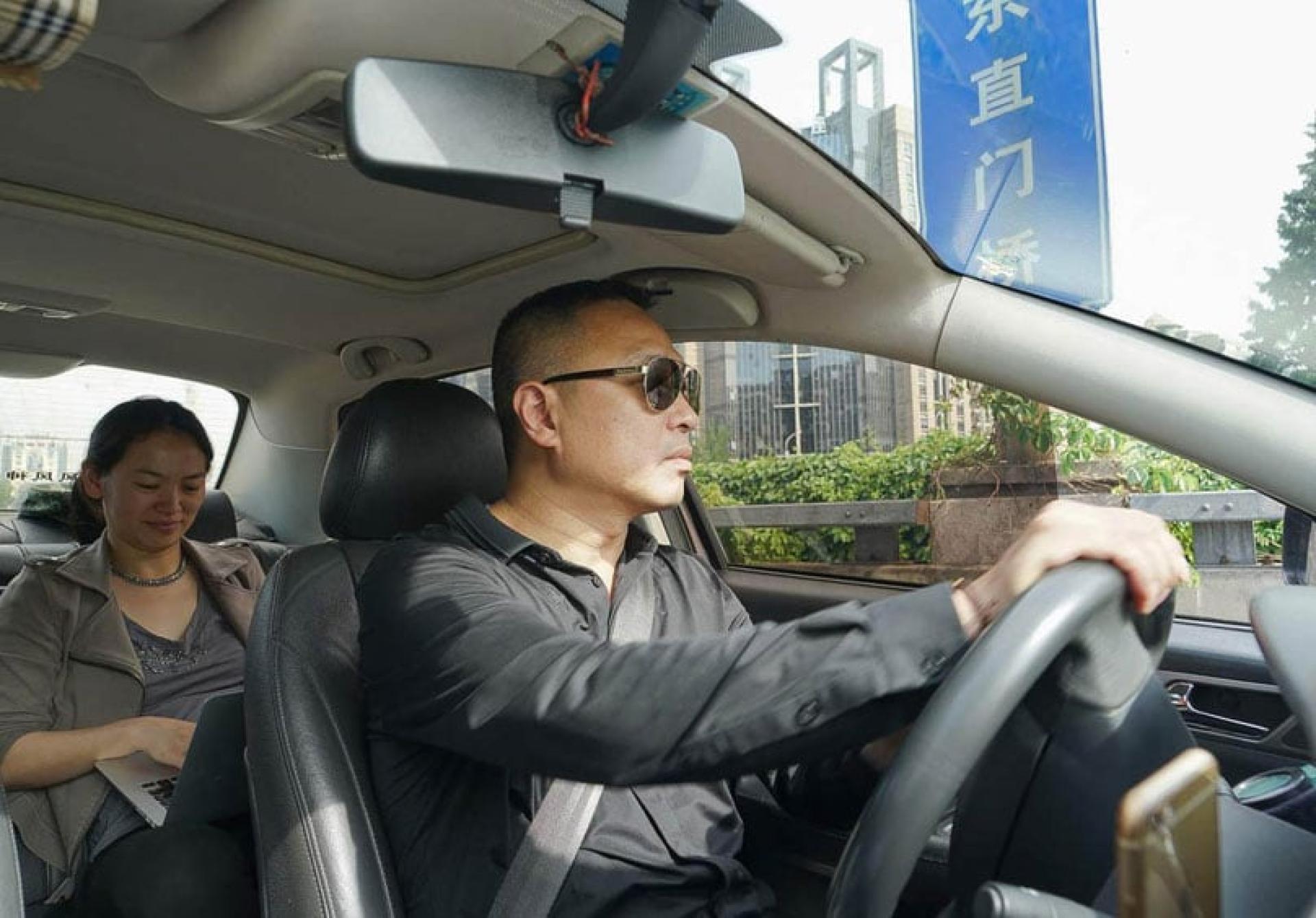Amid persistently high unemployment rates in China, local media reports indicate that the online ride-hailing industry has become an important pillar for stable employment. A recently published survey report highlights that as many as 77% of drivers in China's ride-hailing sector transitioned to this work after losing their previous jobs, and 62.8% of drivers are the sole employed individuals in their households.
According to a report by China’s 'Caijing' Weekly, a research group from the China New Employment Forms Research Center recently released a survey containing these findings. The report is based on a survey of more than 5,400 ride-hailing drivers from 13 provinces and regions across China.
The survey shows that the average age of the interviewed ride-hailing drivers is 39.8 years; as many as 90% of them previously worked in industries such as manufacturing, construction, or self-employment.
The report notes that currently, the average monthly income of ride-hailing drivers in China is 7,623 RMB (4,513 MYR), second only to truck drivers, who earn 8,424 RMB (4,987 MYR), and higher than delivery workers at 7,496 RMB (4,437 MYR), express couriers at 6,124 RMB (3,625 MYR), as well as traditional general workers and construction workers at 5,900 RMB (3,493 MYR).
The report asserts that ride-hailing platforms have “demonstrated unique value” in meeting emergency employment needs and ensuring family livelihoods, while providing a “low-threshold, highly flexible” employment channel for those who have lost traditional jobs.
Zhang Chenggang, Associate Professor at Capital University of Economics and Business, commented on the report and related cases, saying that the ride-hailing industry offers “sufficient buffer space” for macroeconomic fluctuations, policy adjustments, and industrial upgrading in China.
